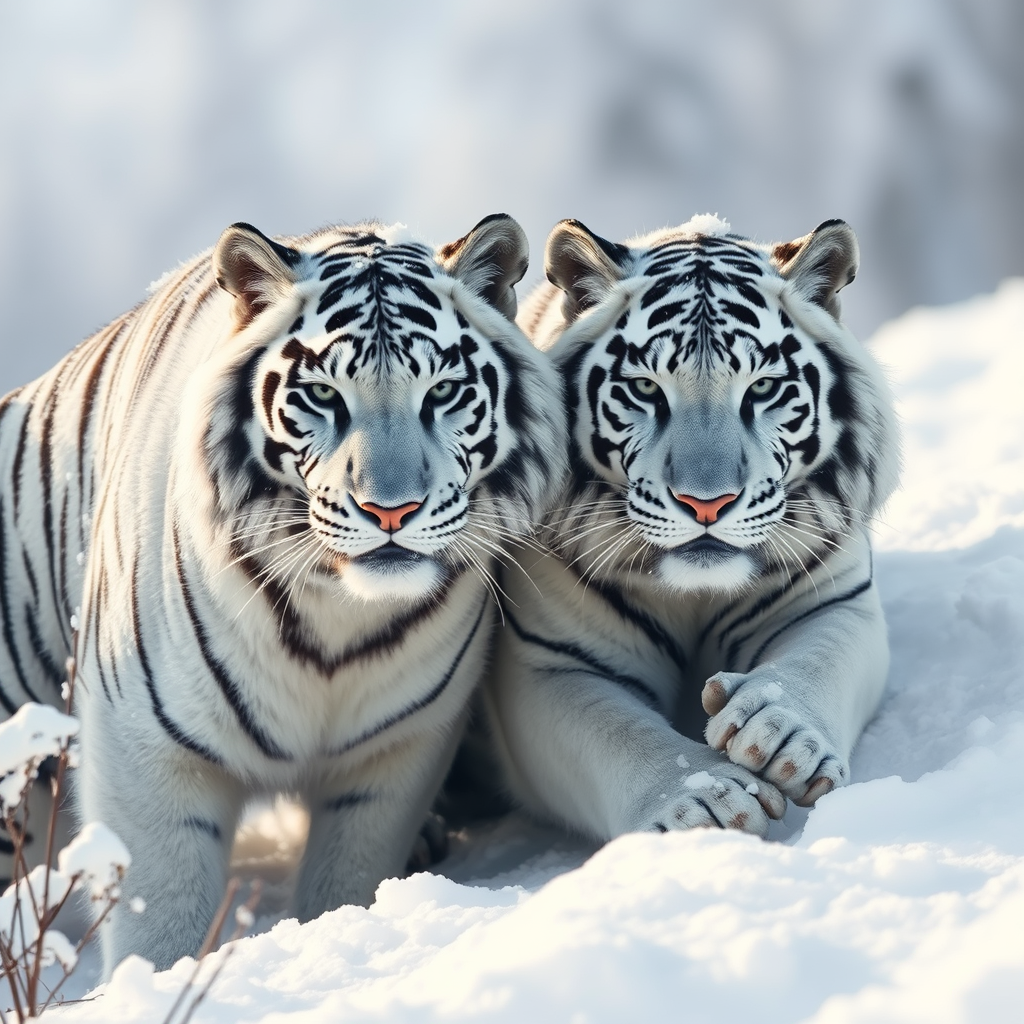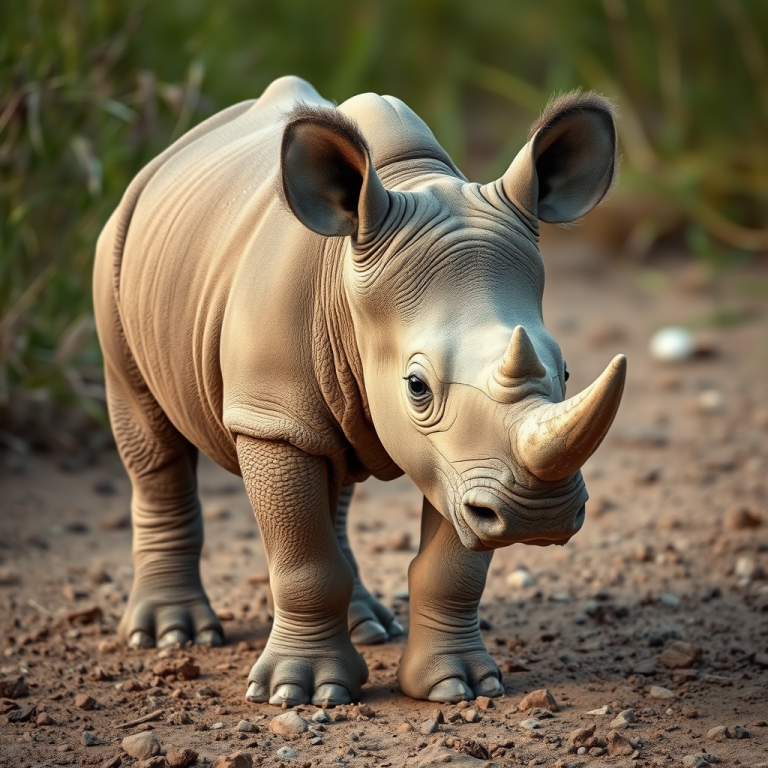Ghosts of the Mountains: Snow Tigers and Their Quiet Majesty
Snow tigers, more commonly known as white tigers, are among the most breathtaking animals on Earth. Their icy blue eyes, pale fur, and bold stripes give them an otherworldly presence, like something straight out of a storybook. They look like they were carved from snow and shadow, moving through the world with both grace and quiet power.
Though often mistaken for a separate species, white tigers are actually Bengal tigers with a rare genetic trait. But that doesn’t make them any less fascinating—in fact, their story is one of the wildest blends of beauty, rarity, and myth in the animal kingdom.
What Makes a Snow Tiger?
Snow tigers aren’t albino. Their white coats come from a recessive gene mutation called leucism, which strips most of the orange pigment from their fur while leaving the black stripes intact. Their eyes are usually a piercing light blue, which stands out even more against their pale face.
For a snow tiger to be born, both parents must carry this rare gene. This makes them extremely uncommon in the wild. Most snow tigers alive today are found in captivity—zoos, sanctuaries, or private reserves—where controlled breeding increases the chance of the gene passing on.
Despite the different coat, snow tigers are still Bengal tigers in every other way: strong, fast, stealthy, and born to rule their territory.
How Rare Are They?
White tigers were once spotted occasionally in the wild, mostly in the Indian states of Madhya Pradesh and Bihar, where the gene likely originated. But due to their visibility and rarity, many were captured in the early 1900s, which led to a steep decline in wild populations.
Today, most white tigers live in captivity. There are only a few hundred known to exist worldwide. In the wild, their pale color makes it harder to camouflage in dense jungles, which puts them at a disadvantage compared to their orange relatives.
Because of selective breeding in captivity, some snow tigers may face health issues due to inbreeding—crossing related individuals to preserve the white coat. Responsible sanctuaries are working to reduce this by focusing on health, not just looks.
Life in the Snow?
Despite the nickname “snow tiger,” white tigers don’t actually come from snowy areas. Their name is based on their appearance, not their habitat. Bengal tigers, including the rare white ones, live in forests, grasslands, and marshes—not arctic regions. That said, their coat certainly looks like it belongs in the mountains.
In captivity, some snow tigers are kept in colder environments and do surprisingly well. Their thick fur offers some insulation, and they’re powerful enough to handle a variety of climates as long as they have proper care and space.
What Do Snow Tigers Eat?
Like all Bengal tigers, white tigers are carnivores and apex predators. Their diet includes large prey like deer, wild boar, antelope, and sometimes smaller animals when food is scarce. In captivity, their meals are managed carefully—usually raw meat, bones, and supplements to match what they’d need in the wild.
They use strength and stealth to take down prey. With powerful muscles and sharp teeth, a single tiger can bring down animals much larger than itself. White tigers may lack the natural camouflage of an orange coat, but their hunting skills are just as fierce.
How Big and Strong Are They?
Snow tigers are massive. Adult males can weigh between 400 and 550 pounds, with females slightly smaller. From nose to tail, they can stretch over 10 feet long. Their paws are thick and padded, allowing them to move quietly even on rough terrain, and their hind legs are strong enough to leap over 20 feet in a single bound.
Their roar can be heard from two miles away, but they’re generally silent hunters. They prefer stalking in silence, relying on patience and positioning before launching into full-speed ambush.
Snow Tigers in Culture and Symbolism
For centuries, white tigers have held deep meaning in cultures around the world. In Chinese mythology, the white tiger is one of the four sacred animals, representing the west, autumn, and protection. It symbolizes strength, courage, and spiritual clarity.
In modern times, snow tigers are seen as rare, mystical creatures—symbols of beauty, power, and nature’s most hidden treasures. Their rarity makes them both admired and misunderstood, sometimes exploited for their looks rather than respected for their wildness.
Are They Endangered?
While the white coloration is rare, the Bengal tiger species as a whole is considered endangered. Habitat destruction, poaching, and human conflict are the biggest threats. Conservation efforts are working to protect wild tiger populations and ensure that both orange and white tigers have safe places to live and reproduce naturally.
White tigers serve as ambassadors for their species—reminding people of the importance of protecting wild places and the creatures that call them home.
Final Thoughts
Snow tigers are living contradictions—rare but real, wild but often confined, soft in appearance but powerful in every way. They remind us that nature doesn’t follow rules. It creates what it wants, when it wants, and sometimes that includes a tiger the color of frost.
To watch one walk is to feel like you’re watching something ancient and impossible. And maybe that’s the magic of the snow tiger. It’s not just their fur that makes them rare—it’s their presence.
| If you’re curious about the wonders of wildlife, stick around—there’s a whole world to explore at Wonder of Wild.








